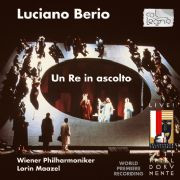Reissues
Allegro Sostenuto / Pression / Dal Niente / Intérieur I
Both Sostenuto and Dal niente were composed for the clarinetist Eduard Brunner. “As in the earlier Ausklang for piano and orchestra, the musical material is determined by the interplay of the experiences of resonance on the one hand and motion on the other. Both aspects of sound encounter one another in the conception of structure as a multiply ambivalent ‘arpeggio’, i.e. as a process of construction, deconstruction and reconstruction – experienced in temporal succession – which is conveyed both…
Piano Duet
Before the epigones take over the stage we are given a chance to hear out Bach himself: the unfinished four-voice Contrapunctus XIV from the Art of the Fugue marks the starting point of Andreas Grau's and Götz Schumacher's remarkable exploration of the Bach cosmos. In the Berlin autograph of the Contrapunctus XIV the place where the score breaks off is marked by an inscription: "At the point where the name BACH is introduced in the countersubject to this fugue, the composer died." Even though fr…
Europa und der Stier
Myths are human experiences congealed into fables. Rolf Schneider, expelled from the GDR Writers' Association in 1979, presents the story of Europa and the bull as a dirty joke, a great comical love story, the story of a girl used and discarded by a macho, a defeat with a disastrous outcome. Composer Helge Jörns has clothed the plot in chamber music of an aggressive clarity, developing the – both logical and precise – formal division with exceptional skill out of the dramatic requirements: "Form…
Orte und Zeiten/Tempi e Luoghi
While traveling through time in Italy and Germany, Thomas Jahn was particularily intrigued by the “culture of resistance”. The poems underlying the cycle are all concerned with resistance – resistance against war, against the lack of affection and against inhumanity: “He finds its remnants, so prevalent in Italian folklore, also in German lyric poetry.” (Hans-Werner Heister) Some of the texts alternate between German and Italian, sometimes even within the space of a single phrase or word. The pr…
Symphony No. 3
Charles Ives (1874-1954) earned his living by selling insurance policies to his contemporaries. Besides, he took a great interest in literature, philosophy and, first and foremost, music. And what came of it? The most original modernist music one could imagine. Ives's Third Symphony was inspired by his memory of camp meetings, the Christian "evangelistic gatherings" common in his youth. However bizarre these meetings may appear to us, they were a familiar feature of rural America especially duri…
Universe Symphony / Second Symphony
The most ambitious and grandest of his projects would of course never see completion. For over forty years, Ives continued to supplement the material for his Universe Symphony, adding both notes and details. At some point, the scenario he envisaged got somewhat out of hand, Henry Cowell reported. “Several orchestras and large parties of singers, male and female, were to be placed in valleys, on mountain slopes and on summits,” and “6 to 10 different orchestras on several mountain tops, each movi…
Music For Voice, Koto And Shamisen
As part of its Japan focus the 1999 Biennial Festival for New Music in Hannover also presented Toshio Hosokawa's exploration into the music of his "musical ancestors." This CD was recorded live during the performance and includes three works from the 17th and 19th centuries. Chidori no kyoku by Yoshizawa kengyô II (1808-1872) is based on the 31-syllable poems of the classical poetry anthology Kokin wakashû (10th century), so-called waka poems; chidori is the Japanese plover, whose calls have bee…
Piano Works
Jan Philip Schulze has been playing Henze’s piano works “in his sleep,” as he says. Indeed he has worked with the composer intensively on every piece, yet during the recording sessions he was noticeably surprised, while listening back to recordings, to find himself confronted by the work afresh, discovering new sides to it which he had previously experienced differently.
12 Sonate Da Chiesa
There is little doubt that Helmschrott’s Sonate da chiesa only bear a fleeting resemblance to their namesakes from the 17th and 18th centuries, which, emerging from Northern Italy, quickly rose to great popularity in Baroque Europe. Among the resemblances is their bipartite structure with slow and fast movement and, of course, the use of an organ. Far from expressing formal dependence, the archaic names of the movements lend the twelve pieces a Mediterranean superstructure, as it were. The manif…
Metamorphose
“Once you focus your will and mind on a particular thought or sentiment, and screen out the external world, you’re being transported into a state of contemplation, which fully takes effect in solitude: relaxation in a unity of subjective and objective experience which has come to rest.” (Robert M. Helmschrott) In the best case scenario, this basic, contemplative frame of mind helps sharpen consciousness, which, in turn, further deepens the understanding of music,” “reaching deep into the all-enc…
Music for a Summer Evening / A Little Suite for Christmas / Five
Music for a Summer Evening (1974) is the third part of the "cosmic drama" Macrocosmos, which investigates the relations between the innermost human soul and the vastness of the cosmos; relations that also determine the temporal, dynamic and tonal dimensions of the composition. Its immense material extravagance is reflected by a range of some 70 percussion instruments; in addition, the two pianists are required to perform a variety of different techniques, such as pizzicatos, flageolets, etc. A s…
Mad Sweeney\'s shadow
In Mad Sweeney's shadow: mass, piano trio, lieder cycle, wind quintet – for each of these "classic" formats Corcoran has created his own original, archaic sound.
Kabbala
Kabbala, oratorio in Hebrew, originally composed for the „Mittelfest“ in Cividale del Friuli/Italy and first released by col legno in 1993, has been re-released.
Konzert für Violine und Orchester / Fasce
Rhapsodic, lyrical, virtuoso, and, in the end, even amusing: all these attributes come to mind as Cerha's violin concerto is finished off with a charming punch line.
Concerto for Prepared Piano and Chamber Orchestra / Sixty-Eight
For each of his compositions for prepared piano Cage created a specific piano preparation chart, setting out in meticulous detail the strings to be prepared, and the materials and manipulations to be used for preparing them. For the Concerto for Prepared Piano and Chamber Orchestra (1951), 53 tones of the keyboard must be prepared; and in this case Cage himself was astonished at the complexity of these preparations. The range of sounds is further expanded by an extra bridge installed in the pian…
Music For Percussion Quartet
As early as in 1942, in Credo in Us, Cage employed not only a percussion ensemble but also sounds from the radio and records. Therefore, quite in accordance with what the composer would have wished, the materials used by the Percussion Ensemble Mainz in this recording range from Beethoven's fifth symphony (vinyl record, including the rustling) to ABBA, Tina Turner and advertising slogans. It goes without saying that rhythms play an important part in music for percussion. Cage, though, was also i…
Sonatas & Inteludes
The sonata originated in the Baroque as a small, one-movement form, which nevertheless already contained the core of the sonata to be later developed and composed in elaborate detail by the Viennese Classics. In his Sonatas and Interludes John Cage stuck to the concise, one-movement form, thus establishing a link to Scarlatti and Bach's preludes as well as to Chopin's Préludes and Satie's piano pieces. Other than many of his later, freer works, these small but complex gems are fixed and noted do…
Orchestral Works & Chamber Music
A conductor enjoys the privilege of being able to reconsider his attitude to musical works over and over again. The composer Boulez adheres to the same maxim: of his own compositions he regards only very few as being finished; most of them are, to him, "work in progress." The first two pieces on this collage CD were actually withdrawn by Boulez after their premiere as he wished to think them over again. Later on, Polyphonie X (1951) in view of its extremely strict serial procedure appeared to hi…
Ekphrasis [Continuo II] / Coro
The renowned American architects Sullivan, Wright and Mies van der Rohe are the center of attention in the composition Ekphrasis [Continuo II], even though originally Berio had no such thing in mind: "While I was working on Continuo, it was not my intention to compose a metaphor for architecture, or write a homage to the famous Chicago architects... Neither did I refer directly to the amusing but nevertheless solid constructions by Renzo Piano... However, as the work progressed I became aware th…
Un Re In Ascolto
A king listens: its subtitle identifies Un Re in ascolto, this special combination of music and drama, as a "musical action by Luciano Berio and Italo Calvino". A dialogue between composer and writer, between different forms of theater – and also, if you like, between Shakespeare and Thomas Bernhard. And, indeed, he is a "Theatermacher", an impresario, this Prospero (Theo Adam), who is accompanied by the director (Heinz Zednik) and the actor "Friday" (Helmut Lohner) and to whom a musical and sce…
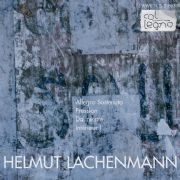
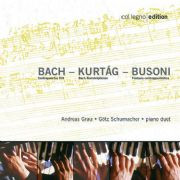
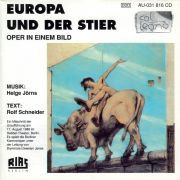
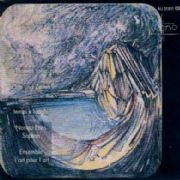
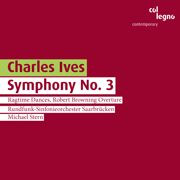
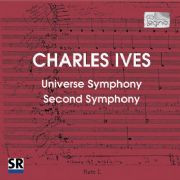
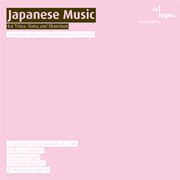
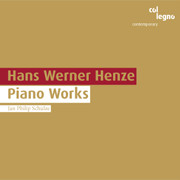
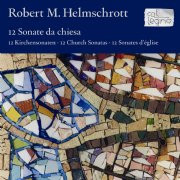
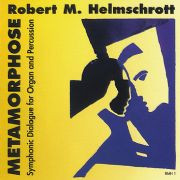
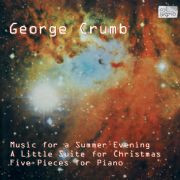
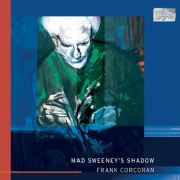
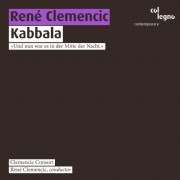
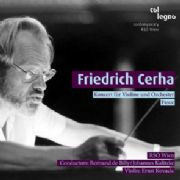
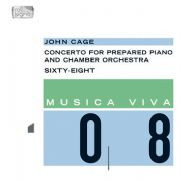
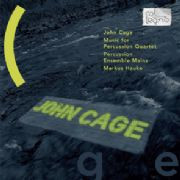
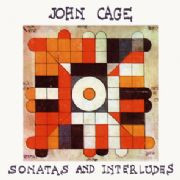
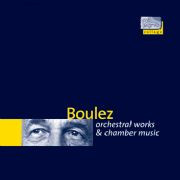
![Ekphrasis [Continuo II] / Coro](https://cdn.soundohm.com/data/products/013/luciano-berio-ekphrasis-continuo-ii-cor.jpg.500.jpg)
